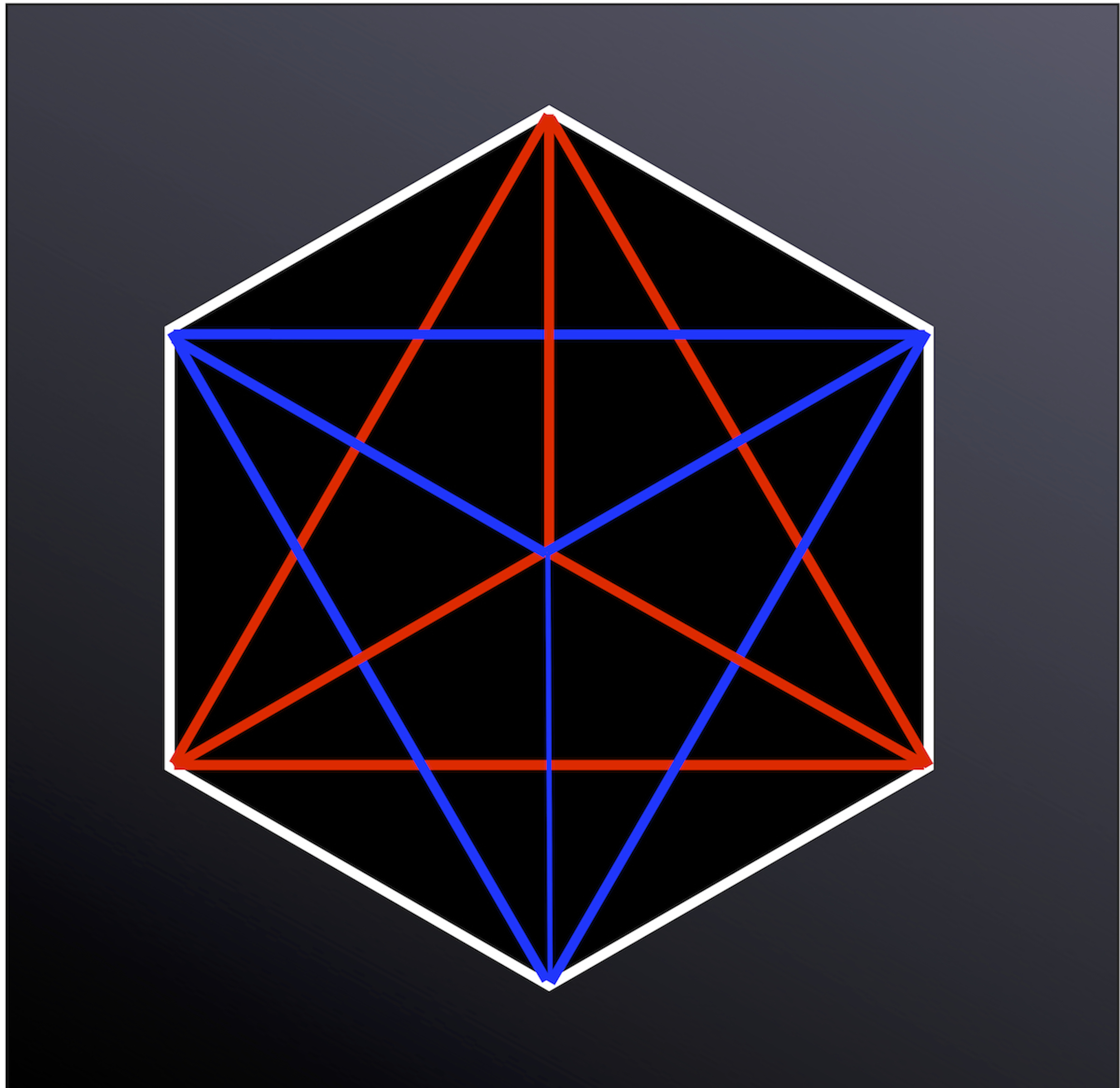Music is Life
If You Could Only Have One EQ What Would It Be?
I’d have to say Alloy 2 by iZotope. I actually have three go-to EQ’s, the other two being Pro-Q2 by fabfilter and EQ8 which is Ableton Live’s stock EQ plug-in. BUT, if I only could have one EQ it would be Alloy 2 and here’s why: it’s much more than an EQ alone, most producers and mixers would probably call it a Swiss Army knife plug-in because not only does it do traditional EQ functions but it also has a transient shaper, exciter, not just one but two compressors which include gating and expansion functions, de-esser, AND a limiter. Whew, that’s a lot! Let’s look a little at each of it’s functions.
So what are the downsides? Well, this is superficial but it’s been quite a while since they’ve updated the GUI, it looks a little outdated. Alloy 2 also lacks any M/S—mid-side—processing which is something I do quite a bit of at my studio. That being said I find the best application for Alloy 2 is mostly for sessions which involve a lot of live tracking meaning recordings of bands or some type of live musician ensemble. Most of these sessions will contain numerous mono tracks because they’re typically sources from single microphones such as a mic on a guitar cab or snare drum; no point in using M/S processing on a source that contains no side information!
- EQ — 8 bands of powerful and customizable EQ types such as analog, vintage, resonant, baxandall, and a slew of filter types.
- Transient Shaper — It’s kinda like a compressor that’s always on. No need to worry about setting all kinds of parameters simply turn up/down the attack and sustain portion of your envelope.
- Exciter — Add harmonic content with it’s 4 types of saturation, all easy to blend from subtle to aggressive.
- Compressors — 2 compressors that feature gating/expansion, wet/dry mix, adjustable detection filter and knee, and 2 modes Peak and RMS
- De-esser — helps reign in “s” sounds, sibilance, high-frequencies.
- Limiter — 2 modes, stereo unlinkable
So what are the downsides? Well, this is superficial but it’s been quite a while since they’ve updated the GUI, it looks a little outdated. Alloy 2 also lacks any M/S—mid-side—processing which is something I do quite a bit of at my studio. That being said I find the best application for Alloy 2 is mostly for sessions which involve a lot of live tracking meaning recordings of bands or some type of live musician ensemble. Most of these sessions will contain numerous mono tracks because they’re typically sources from single microphones such as a mic on a guitar cab or snare drum; no point in using M/S processing on a source that contains no side information!
blog comments powered by Disqus

Beethovenboy Productions